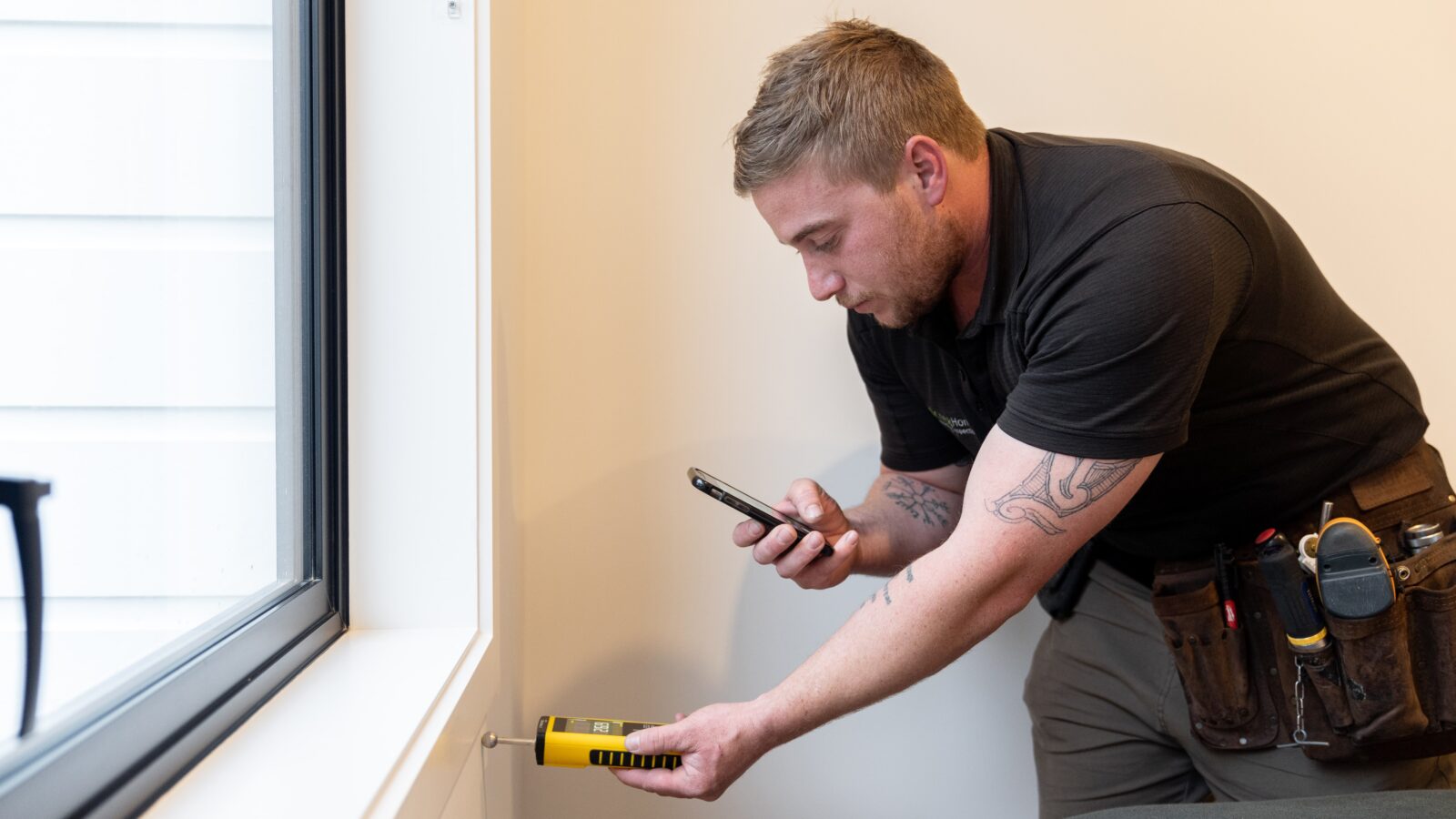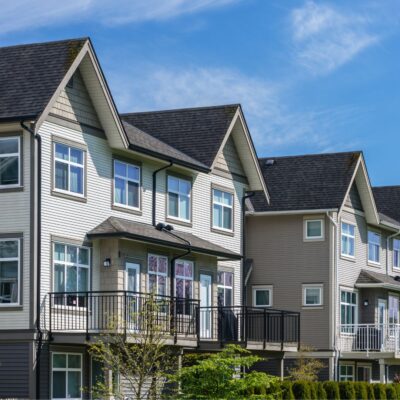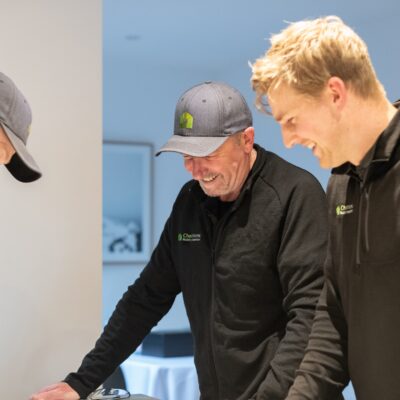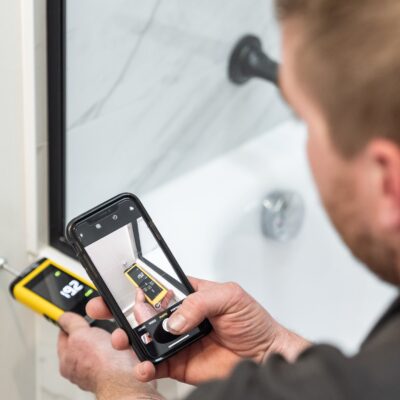Article
What’s in a Building Report?

When you’re in the process of purchasing property, getting an independent building inspector to thoroughly examine the house is part of your due diligence as a buyer. After all, a house is one of life’s biggest investments, so getting everything checked out will not only ensure peace of mind but will also make you an informed buyer and might even afford you some savings.
As registered, trusted experts in building inspections in Wellington, the Kapiti Coast, Wairarapa, Upper Hutt and Lower Hutt, here at CheckHome we create professional pre-purchase property inspection reports, or simply building reports. These provide adequate detail on a dwelling’s overall condition.
If you’ve never seen a building report before, you may wonder, “What exactly is in a building report?” To answer that question, we’ve broken down the main elements of its contents to give you a better idea of what to expect – and what not to expect – from a general house inspection report.
Visual Inspections
Pre-purchase building inspection reports include visual inspections of the components of a building, such as the interior, exterior, outdoor, roof and site areas. General inspections of a house’s plumbing, moisture and electrical conditions are also reported. It is important to note that building inspectors do not perform intrusive or destructive inspection of any part of the building or its components to make sure no damage is done to the property and its structural integrity is retained.
If there are any forms of degradation or damage on the property, visible symptoms such as cracks, mould or any other damage will be photographed, and the images made easily accessible in the report. Furnishings that obscure faults or faults that are deliberately hidden cannot be reported, so ensure that there is reasonable access to possible areas of concern to facilitate a thorough check.
Maintenance Recommendations
When faults or defects are discovered, the building inspector will make recommendations for maintenance or remedial work. This will give you a rough idea of what sort of work may need to be done to ensure everything is working as it should be. The building inspector will inform you of all defects, however minor. This means providing supplementary information and detailed explanations on the house’s condition, so you know exactly what to expect if you decide to move forward with the purchase.
Moisture Tests
Checking for water tightness is an integral part of any building report, which is why moisture tests around high-risk areas are conducted with non-invasive instruments. We check for moisture levels and take photos of the recorded numbers, whether or not any elevated readings are detected. This guarantees complete transparency between all parties.
Inspection Summary
The inspection summary recaps the entire report. This part of the building report gives potential buyers an idea of a building’s condition relative to other buildings of a similar construction and age. The building inspector will also include some vital notes for any future maintenance work, such as regular gas checks, drain checks and meth testing.
Download a sample report for a more graphic example of what a pre-purchase house inspection report looks like. This article only offers a general overview of its contents and should not be relied upon on its own. Detailed pricing and services are also available for Wellington, the Kapiti Coast and Wairarapa.
Contact us for more detailed information on building reports! Or call us at 0800 555 125 and book an inspection appointment with CheckHome today – the registered building report experts.
Recent Posts
View all
Why Get a Building Inspection on a New Build?

Our New: Healthy Homes Report
